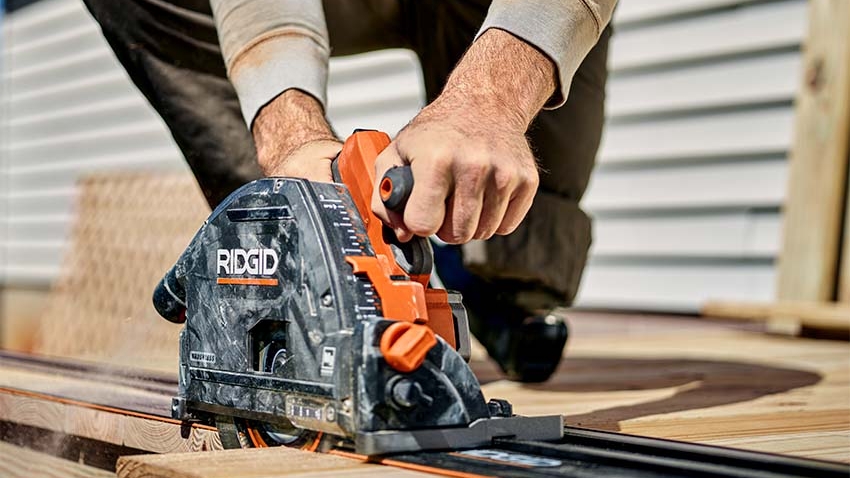
Mastering the Cut: A Comprehensive Guide to Track Saws
For committed woodworkers and DIY enthusiasts, achieving perfectly straight and splinter-free cuts is an ongoing quest. Enter the track saw, a game-changer that elevates precision and efficiency to new heights. But with an array of brands and features available, selecting the ideal track saw can be daunting. This comprehensive guide delves into the world of track saws, equipping you with the knowledge to make an informed decision.
Unveiling the Track Saw: Function and Benefits
Imagine a circular saw meticulously guided by a metal track, ensuring unwavering accuracy. That’s the essence of a track saw. The saw glides effortlessly along the track, its blade cutting a clean, controlled path through wood. This translates into several advantages over traditional circular saws:
- Superior Accuracy: The track acts as a fence, eliminating guesswork and human error. You’re guaranteed a perfectly straight cut, regardless of material or cut length.
- Splinter-Free Results: The track saw’s blade design, coupled with the zero-clearance strip on the track, minimizes chipping and tearing, especially on delicate materials like plywood.
- Versatility Beyond Straight Cuts: Most track saws offer bevel cutting capabilities, enabling angled cuts for tasks like creating crown molding or picture frames.
- Dust Management Prowess: Many track saws boast efficient dust collection ports that connect directly to a shop vacuum, maintaining a cleaner and healthier work environment.
- Plunge Cutting Potential: Certain track saws come equipped with a plunge function, allowing you to begin cuts anywhere on the workpiece, ideal for creating intricate joinery.

Key Considerations When Choosing a Track Saw
Now that you’re familiar with the magic of track saws, let’s explore the crucial factors to consider before bringing one home:
- Corded vs. Cordless: Corded track saws offer unwavering power and are ideal for workshop use. However, cordless options provide unmatched portability and convenience, perfect for tackling projects on-site.
- Power and Capacity: The motor’s wattage directly impacts the saw’s ability to handle thick hardwoods. If you primarily work with softwoods or plywood, a lower wattage might suffice. However, for heavier materials, opt for a more powerful motor. Cutting depth is another crucial aspect. Consider the maximum thickness of material you’ll typically cut.
- Blade Diameter: While most track saws feature a 6-1/2 inch blade, some offer a 7-1/4 inch option, providing a greater cutting depth.
- Dust Collection: A good dust collection system is essential for a clean and healthy workspace. Look for a track saw with a port that connects seamlessly to your shop vacuum.
- Track Length: The length of the track directly affects the maximum rip cut you can achieve. If you frequently work with large sheet goods, a longer track might be necessary. Keep in mind that most manufacturers offer tracks in various lengths and often sell them separately.
- Brand and Budget: Major brands like Festool, Makita, Bosch, and Milwaukee are renowned for their quality track saws. However, these brands often come with a premium price tag. WEN and Evolution offer more budget-friendly options, but they might lack some of the bells and whistles found on high-end models.

Top Track Saw Contenders: A Comparative Look
Having explored the key selection criteria, let’s delve into some of the most popular track saws on the market:
Festool TS 55 R FEQ:
Widely regarded as the gold standard, the Festool TS 55 boasts exceptional build quality, unmatched dust collection, and a scoring feature that minimizes tear-out in veneered materials. However, it comes at a significant cost.
Makita SP6000J1:
A compelling alternative to the Festool, the Makita SP6000J1 offers impressive power, precision, and dust collection at a more affordable price point. It’s a popular choice for budget-conscious professionals and serious hobbyists.
Bosch GTS1031:
Another strong contender, the Bosch GTS1031 features a powerful motor, a comfortable grip, and a solid track. While its dust collection might not be as impressive as the Festool or Makita, it remains a dependable option for various woodworking projects.
Milwaukee M18 FUEL M18 FUEL Plunge Track Saw Kit (2831-21):
For those prioritizing portability, the cordless Milwaukee M18 FUEL is a standout choice. It delivers impressive power, bevel cutting capabilities, and a user-friendly design, making it a great option for on-site projects.
DEWALT DCS520T1 60V Max 6-1/2″ Cordless TrackSaw Kit:
Similar to the Milwaukee, the DEWALT DCS520T1 is a cordless track saw that prioritizes portability. It boasts a powerful brushless motor for tackling tough cuts and a sealed dust collection system for a cleaner work environment.
Kreg Adaptive Cutting System Plunge Saw:
An excellent choice for beginners, the Kreg Adaptive Cutting System Plunge Saw is user-friendly and budget-friendly. It offers clean cutting performance and a good dust collection system, making it a solid option for DIY enthusiasts or those starting their woodworking journey.
WEN CT1065 10-Amp 6.5-Inch Plunge Cut Sidewinder Circular Track Saw:
The most affordable option on this list, the WEN CT1065 is a great choice for occasional use or those on a tight budget. While it delivers decent power and can handle basic cuts, it might lack the precision and durability of higher-end models.

Beyond the Reviews: Essential Track Saw Accessories
While a quality track saw is paramount, certain accessories can significantly enhance your experience:
- Track Clamps: These secure the track firmly to your workpiece, preventing movement and ensuring accurate cuts.
- Extra Tracks: Having multiple track lengths allows you to tackle projects of various sizes.
- Dado Stack Blade: This specialized blade allows you to create precise dado cuts for joinery applications.
- Mitre Gauge: When paired with a track, a mitre gauge enables you to make accurate angled cuts.

Pro Tips for Track Saw Success
To get the most out of your track saw, here are some helpful pointers:
- Double-check your measurements: Accuracy is key. Always measure and mark your cut lines precisely before using the track saw.
- Secure the track: Ensure the track is firmly clamped to your workpiece to avoid deviations during the cut.
- Use a sharp blade: A dull blade can lead to chipped edges and inaccurate cuts. Invest in high-quality blades and replace them when they become blunt.
- Practice good technique: Maintain a steady grip and feed the saw at a controlled pace for clean and precise cuts.
- Clean the track regularly: Dust and debris buildup on the track can hinder smooth operation. Regularly clean the track to maintain optimal performance.
By understanding the features, benefits, and selection criteria of track saws, alongside the valuable insights from these reviews, you’re well-equipped to make an informed decision. With the right track saw in your arsenal and by following these helpful tips, you’ll be well on your way to achieving flawless cuts and elevating your woodworking projects to new heights.




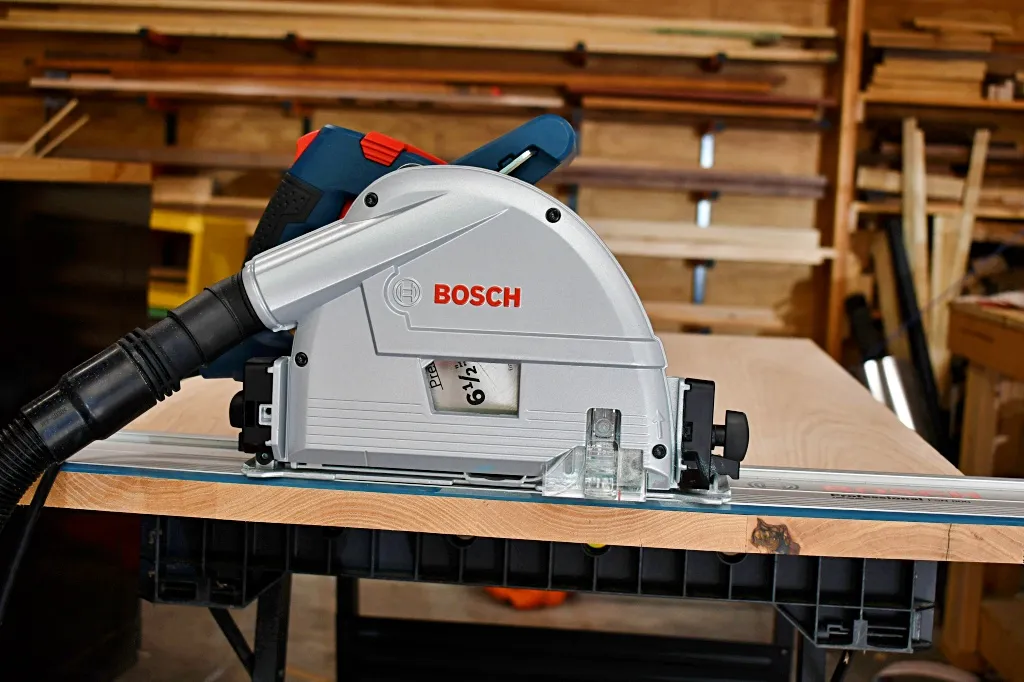
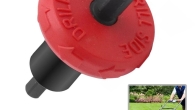
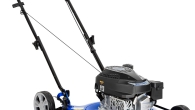

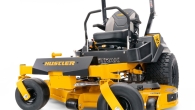

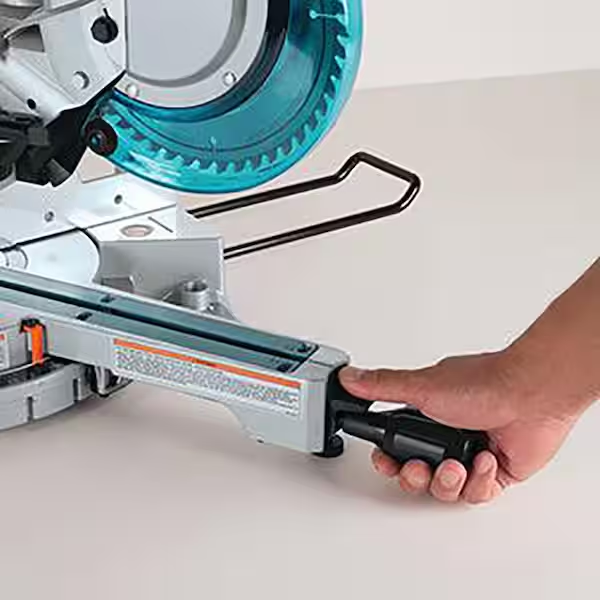

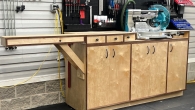
Leave a Reply